 Maritime Museum Entrance
Maritime Museum Entrance
Entry Category: Military Science
 Maritime Museum Entrance
Maritime Museum Entrance
 Maritime Museum Gun
Maritime Museum Gun
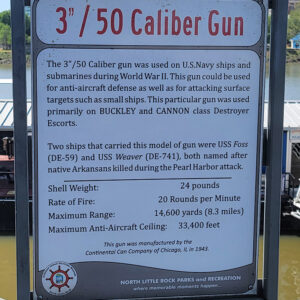 Maritime Museum Gun Sign
Maritime Museum Gun Sign
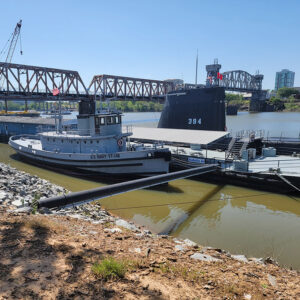 Maritime Museum Vessels
Maritime Museum Vessels
 Marker Grounds
Marker Grounds
Marks’ Mills Battleground State Park
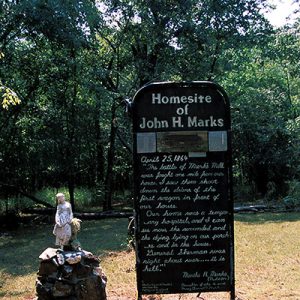 John H. Marks Home Site
John H. Marks Home Site
Marks’ Mills, Action at
Marmaduke-Walker Duel
aka: Walker-Marmaduke Duel
Marmaduke, John Sappington
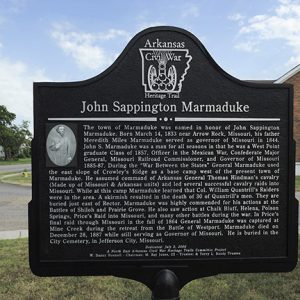 John Sappington Marmaduke Marker
John Sappington Marmaduke Marker
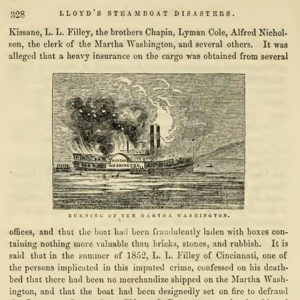 Martha Washington Article
Martha Washington Article
Mason, Simpson
 Masonic Monument
Masonic Monument
Massard Prairie, Action at
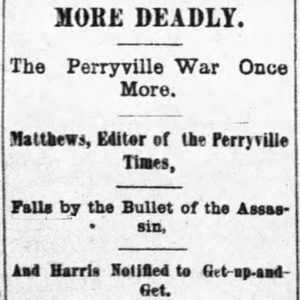 Mathews Murder
Mathews Murder
 William T. Mattison in Plane
William T. Mattison in Plane
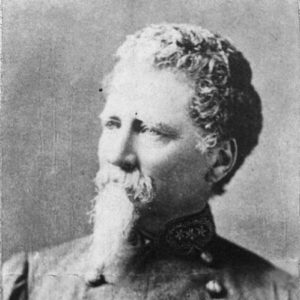 Dabney Maury
Dabney Maury
Maury, Dabney Herndon
Maysville, Skirmish at (January 1863)
Maysville, Skirmish at (July 20, 1864)
Maysville, Skirmish at (May 8, 1864)
Maysville, Skirmish at (September 5, 1863)
aka: Skirmish at Round Prairie
McClernand, John Alexander
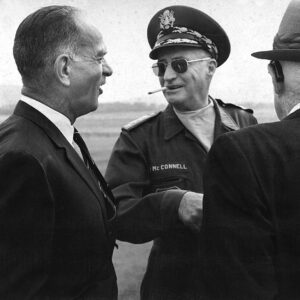 John Paul McConnell
John Paul McConnell
McConnell, John Paul
McCook, Alexander McDowell
 A. M. McCook
A. M. McCook
McCown, John Porter
McCrary, Frank Robert
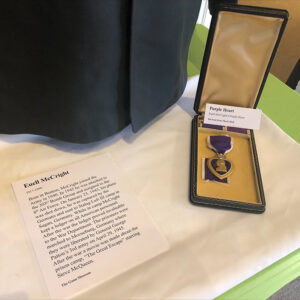 McCright Medal
McCright Medal
 McCright Mess Kit
McCright Mess Kit
McCright, Ewell Ross
McCulloch, Benjamin
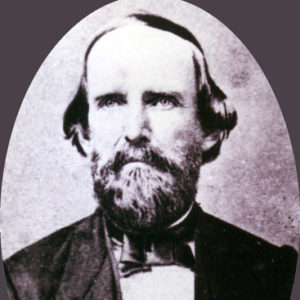 Benjamin McCulloch
Benjamin McCulloch
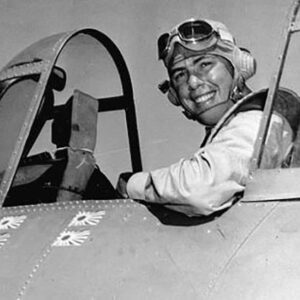 Elbert S. McCuskey
Elbert S. McCuskey
McDaniel, Irven Granger
McGehee National Guard Armory
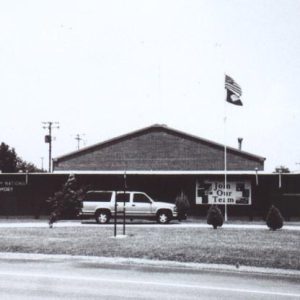 McGehee National Guard Armory
McGehee National Guard Armory
McGraw’s Mill, Skirmish at
McGuire’s, Affair at
McIntosh, James McQueen
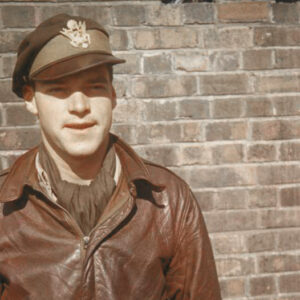 Pierce McKennon
Pierce McKennon
McKennon, Pierce Winningham “Mac”
McLaughlin, William Heber
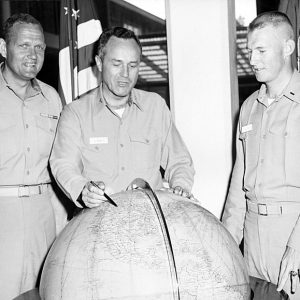 Sid McMath
Sid McMath
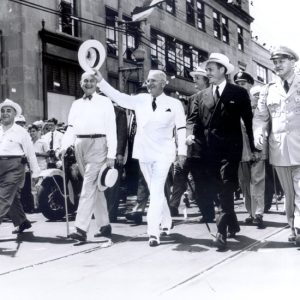 Sid McMath with Truman
Sid McMath with Truman
McNair, Evander
 McRae Grave
McRae Grave
 McRae Memorial
McRae Memorial




